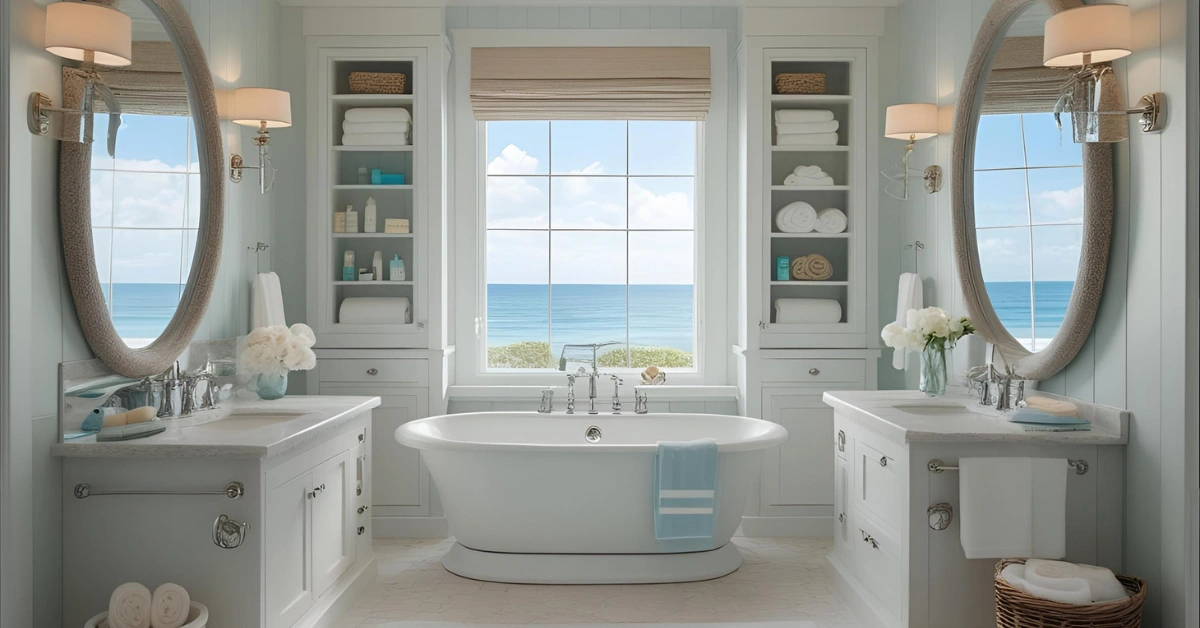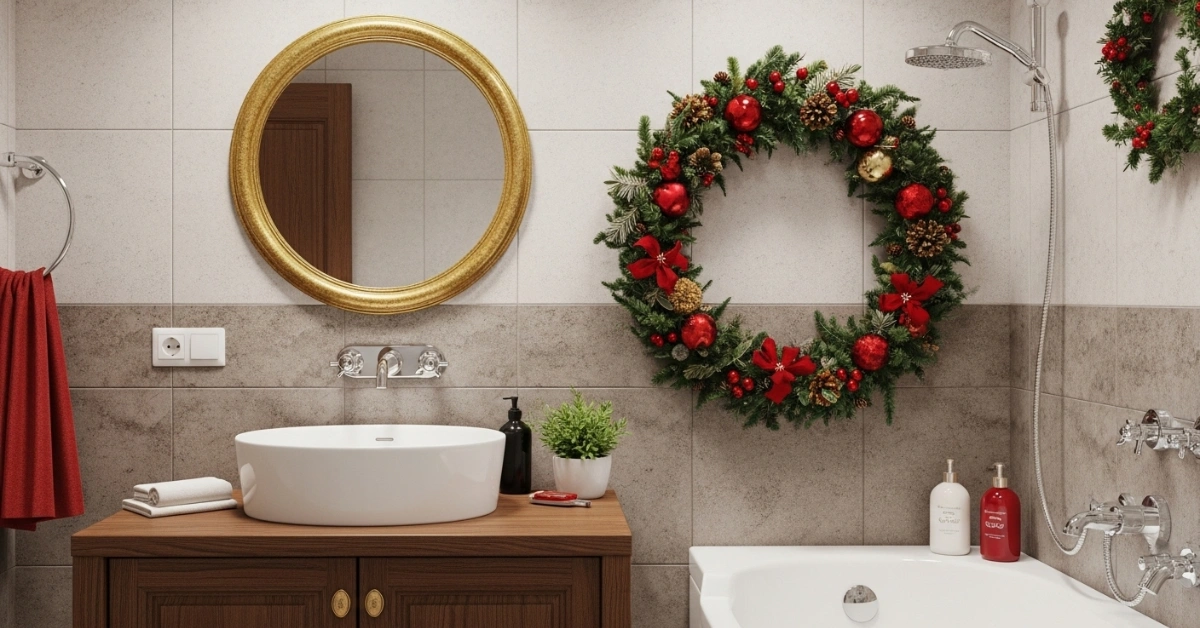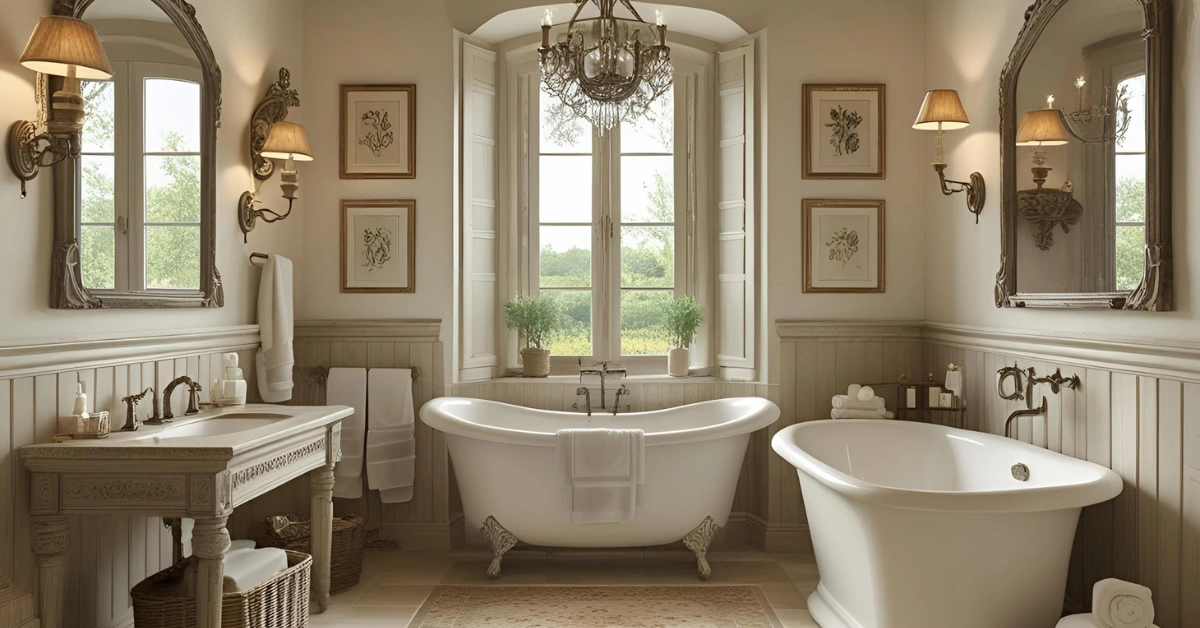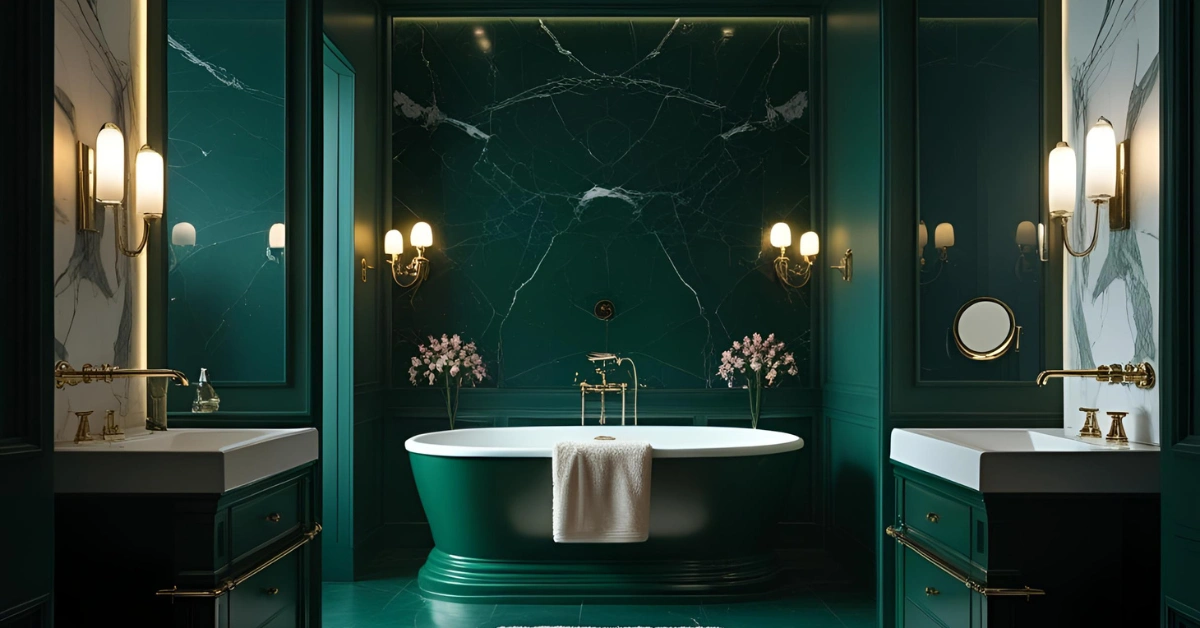Japandi Bathroom Design: 15 Ideas for a Serene Retreat

Imagine stepping into your bathroom after a long day, only to feel cluttered, cramped, or uninspired by the space. For many, the bathroom is more than a functional area it’s a sanctuary for relaxation, yet achieving that calm, inviting vibe can feel elusive. Enter the Japandi bathroom, a design trend that marries Japanese minimalism with Scandinavian warmth to create a serene, timeless retreat. This style solves the problem of chaotic or outdated bathrooms by offering a balanced, clutter-free aesthetic that promotes peace and functionality. In this guide, we’ll explore how to craft a Japandi bathroom, with practical tips, design inspiration, and expert insights to transform your space into a haven of tranquility.

What Is Japandi Design?
The Fusion of Japanese and Scandinavian Aesthetics
Japandi design is a harmonious blend of Japanese and Scandinavian interior styles, combining the best of both worlds. Japanese design emphasizes minimalism, clean lines, and a deep connection to nature, while Scandinavian design prioritizes warmth, coziness, and functional simplicity. Together, they create a aesthetic that feels both serene and inviting.
- Japanese Influence: Think Zen-inspired spaces with natural materials like wood and stone, neutral colors, and a focus on simplicity.
- Scandinavian Influence: Cozy textures, soft lighting, and practical layouts that make everyday life feel effortless.

According to interior designer Yuko Nishikawa, “Japandi is about stripping away excess to highlight what matters—function, beauty, and calm.” This philosophy makes it perfect for bathrooms, where clarity and relaxation are key.
Why Choose a Japandi Bathroom?
Benefits of a Japandi Bathroom
A Japandi bathroom isn’t just visually appealing; it’s a lifestyle choice that enhances well-being. Here’s why this style resonates with homeowners:
- Promotes Relaxation: The minimalist aesthetic reduces visual clutter, creating a calming environment.
- Timeless Appeal: Neutral tones and natural materials ensure the design remains relevant for years.
- Functional Beauty: Japandi balances form and function, making small spaces feel larger and more practical.
- Eco-Friendly: The focus on sustainable materials aligns with modern environmental values.

For example, a client I worked with transformed their outdated, cramped bathroom into a Japandi-inspired oasis using bamboo accents and a neutral palette. The result? A space that felt larger, brighter, and infinitely more relaxing.
Key Elements of a Japandi Bathroom
To create an authentic Japandi bathroom, focus on these core principles:
1. Neutral Color Palette
Japandi bathrooms rely on soft, muted colors to evoke calm. Think whites, beiges, soft grays, and earthy tones like terracotta or sage green.
- Primary Colors: White, cream, or light gray for walls and fixtures.
- Accent Colors: Subtle greens, browns, or black for contrast.
- Tip: Use matte finishes to avoid harsh reflections and maintain a soothing vibe.

2. Natural Materials
Natural materials are the backbone of Japandi design, connecting the space to nature.
- Wood: Teak, oak, or bamboo for vanities, shelving, or accents.
- Stone: Slate or marble for countertops or flooring.
- Ceramics: Handcrafted tiles or sinks for a tactile, artisanal feel.

“Materials should feel organic and unpretentious,” says designer Lars Jensen. “Choose textures that invite touch, like smooth wood or polished stone.”
3. Minimalist Fixtures
Japandi bathrooms favor sleek, simple fixtures that don’t overwhelm the space.
- Faucets: Matte black or brushed nickel for a modern touch.
- Sinks: Undermount or vessel sinks with clean lines.
- Bathtubs: Freestanding tubs with smooth, curved edges for a Zen feel.

4. Textured Layers
While minimal, Japandi isn’t sterile. Add warmth with soft textures:
- Towels: Linen or cotton in neutral tones.
- Rugs: Woven or jute mats for a cozy, grounded feel.
- Plants: Small potted plants like bonsai or ferns to bring in nature.

5. Functional Storage
Clutter disrupts the Japandi aesthetic, so smart storage is essential.
- Floating Shelves: For towels or decorative items.
- Built-In Niches: In showers or near vanities for toiletries.
- Hidden Cabinets: Sleek vanities with concealed compartments.

How to Design Your Japandi Bathroom: Step-by-Step Guide
Ready to transform your bathroom? Follow these steps to create a Japandi-inspired space.
Step 1: Plan Your Layout
Assess your bathroom’s size and layout to maximize space and functionality.
- Small Bathrooms: Use wall-mounted fixtures and light colors to open up the space.
- Large Bathrooms: Incorporate a freestanding tub or double vanity for luxury.
- Tip: Sketch your layout to ensure a balanced flow, leaving room for open space—a key Japandi principle.

Step 2: Choose Your Color Scheme

Select a neutral palette with one or two accent colors. For example:
| Area | Color Suggestions |
|---|---|
| Walls | White, light gray, or beige |
| Tiles | Matte white or soft green |
| Accents | Black, terracotta, or sage green |
Step 3: Select Materials
Incorporate natural materials that align with Japandi’s organic ethos.
- Flooring: Porcelain tiles mimicking stone or wood.
- Vanity: Wooden cabinets with a natural finish.
- Accessories: Bamboo toothbrush holders or stone soap dishes.

For inspiration, a homeowner in Seattle used reclaimed wood for their vanity and paired it with slate tiles, creating a spa-like atmosphere.
Step 4: Add Lighting
Lighting sets the mood in a Japandi bathroom. Opt for soft, warm lighting to enhance coziness.
- Ambient Lighting: Pendant lights with paper or bamboo shades.
- Task Lighting: LED mirrors for functionality without harshness.
- Tip: Use dimmable lights to adjust the ambiance for relaxation or grooming.

Step 5: Incorporate Greenery
Plants add life and reinforce the connection to nature.
- Best Plants: Ferns, pothos, or small bonsai trees.
- Placement: Near windows or on shelves to avoid clutter.
- Care Tip: Choose low-maintenance plants that thrive in humid environments.

Step 6: Declutter and Organize
Keep surfaces clean and minimal. Store toiletries in baskets or concealed cabinets to maintain a serene look.

Japandi Bathroom Ideas for Inspiration
Here are 15 ideas to spark your creativity, each rooted in Japandi principles:

- Freestanding Soaking Tub: A white or stone tub against a wooden accent wall for a Zen focal point.
- Bamboo Ladder Shelf: Store towels or plants on a sleek bamboo ladder.
- Matte Black Fixtures: Add contrast with modern, minimalist faucets.
- Wabi-Sabi Imperfection: Use handcrafted ceramic tiles with subtle irregularities.
- Floating Wooden Vanity: Pair with a vessel sink for a clean, airy look.
- Shoji-Inspired Screens: Use frosted glass panels for privacy with a Japanese touch.
- Textured Wall Panels: Wooden or stone panels for warmth and depth.
- Minimalist Mirror: A round, frameless mirror for simplicity.
- Natural Fiber Rugs: Jute or sisal rugs for cozy texture.
- Backlit Shelves: Highlight decorative items with soft LED lighting.
- Green Accent Wall: A soft sage green wall for subtle color.
- Open Shelving: Display curated items like rolled towels or ceramic jars.
- Sliding Barn Door: A wooden door to save space and add warmth.
- Pebble Shower Floor: Mimic a natural streambed for a grounding effect.
- Scented Candles: Place soy candles in ceramic holders for ambiance.
Common Mistakes to Avoid in a Japandi Bathroom
Even with the best intentions, it’s easy to stray from the Japandi aesthetic. Here’s what to avoid:
- Overcrowding: Too many accessories disrupt the minimalist vibe. Stick to a few curated pieces.
- Bright Colors: Avoid bold reds or neons; stick to muted tones.
- Cheap Materials: Plastic or overly polished finishes feel out of place. Opt for natural, high-quality materials.
- Excessive Patterns: Japandi favors simplicity, so avoid busy tiles or wallpapers.
Designer Aiko Tanaka advises, “Less is more in Japandi design. Every element should serve a purpose or spark joy.”
Budget-Friendly Japandi Bathroom Tips
Creating a Japandi bathroom doesn’t have to break the bank. Here are cost-effective ideas:

- DIY Wooden Accents: Use reclaimed wood for shelves or towel racks.
- Thrifted Ceramics: Find unique vases or soap dishes at secondhand stores.
- Paint Over Tiles: Refresh old tiles with waterproof paint in neutral tones.
- Affordable Plants: Opt for low-cost, low-maintenance plants like pothos.
- Shop Sales: Look for matte black fixtures or stone-look tiles during home improvement store sales.
A friend recently transformed their small bathroom on a $1,000 budget by painting the walls white, adding bamboo accessories, and thrifting a ceramic sink. The result was stunningly Japandi.
Sustainability in Japandi Bathrooms
Japandi design naturally aligns with eco-conscious living. Here’s how to make your bathroom sustainable:

- Eco-Friendly Materials: Choose bamboo or reclaimed wood, which are renewable and durable.
- Water-Saving Fixtures: Install low-flow faucets and showerheads.
- LED Lighting: Energy-efficient and long-lasting.
- Recycled Tiles: Opt for tiles made from recycled materials.
According to a 2023 report by the U.S. Green Building Council, sustainable bathrooms can reduce water usage by up to 30%, making Japandi a smart choice for eco-minded homeowners.
Conclusion: Your Japandi Bathroom Awaits
A Japandi bathroom is more than a design choice—it’s a lifestyle that prioritizes calm, functionality, and timeless beauty. By blending Japanese minimalism with Scandinavian warmth, you can create a space that feels like a personal retreat, no matter your budget or bathroom size. Whether you’re adding a bamboo shelf, a freestanding tub, or a touch of greenery, the key is to keep it simple, natural, and intentional. Ready to transform your bathroom into a Japandi oasis? Start by assessing your space and incorporating one or two elements from this guide. For more inspiration or professional help, connect with a local interior designer to bring your vision to life.
Begin your Japandi bathroom journey today! Share your favorite idea from this guide in the comments, or contact a designer to start planning your dream bathroom.






